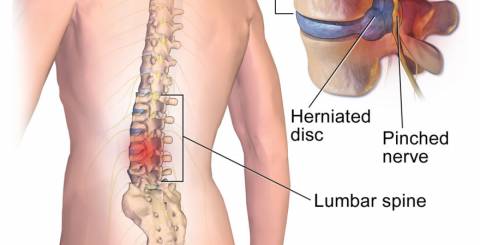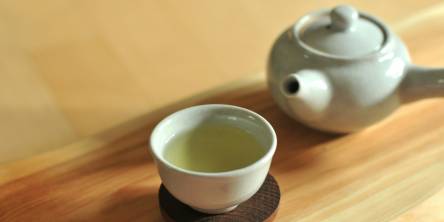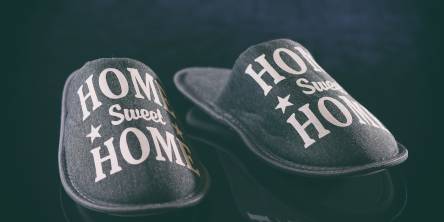Methods of Spinal Traction to Treat Lower Back Pain - Description and Analysis

DIFFERENT METHODS OF SPINAL TRACTION
When it comes to back pain, there can be various reasons for it. We may have a lifestyle which promotes us sitting in front of our computers all day long but the pain in our backs is in no way caused by this living style. In fact, it is an indication of an underlying problem that needs to be addressed. There are many forms of treatments available that can be manual or mechanical in their nature. The technique involves relieving the pressure off our back which can be caused due to slipped or herniated discs, pinched nerves, sciatica or degenerative disease. Spinal traction can cause unbearable pain which can affect our mobility and lifestyle in an adverse manner. Treating it on time is crucial and here are some common methods that can be used for this.
Manual method and massage
This method uses physiotherapy to stretch the spine. The physiotherapist uses no other equipment or force and just his hands to bring about traction and help with the spinal problem. However, due to its low efficiency, this method is going obsolete nowadays.
Inversion table
This method involves the patient being placed in an upside position on a bed while he is harnessed to it to ensure his security. Depending on the condition of the patient and the amount of pain he is experiencing, the degree of inversion may vary. The theory involves reversing the gravitational pull on the spine to increase the space between the discs and reduce the pressure. Although it is the least expensive spinal traction treatment it does come with its own drawbacks too. Being in the inverted position slows down the heart rate and puts an added stress on the circulatory system. Pregnant women are advised to stay away from it and so are the people who suffer from blood pressure, heart and eye issues. The inverted position increases blood flow to the brain and can cause strokes, retinal bleeding and blurred vision too. People who are taking blood thinners or suffer from hypertension should inform the physician before going ahead with this method.
Traction table
The traction table involves the patients being harnessed to a bed while they lay on their backs. This pain management technique involves using various equipment like ropes and pulleys to stretch the spine and relieve the pain. The time, degree and the amount of pull depending on the condition of the patient. However, patients often complain about experiencing muscular spasms in the treated areas sometime after.
The detensor spinal therapy method
This is the safest and most efficient method of all. It makes use of mats which are specifically designed to relieve the pain and bring about spinal traction and make use of vasculatures to help with the spinal conditions. They require no extra pressure or equipment. Since these soft mats can be used while sitting or lying down, the patients can use it whenever. Merely 45minutes on the extensor mat every day and they will feel the difference in the pain in just a few days. However, their escalated prices will surely have you thinking twice and even thrice before you would go to invest in one.
With all these differences in mind, you now are in a better position to make the best choice for yourself. Got any queries? Get in contact with us and we will help guide you to the right track.
References:
http://www.healthline.com/health/spinal-traction#purpose2
https://www.webmd.com/back-pain/guide/spinal-decompression-therapy-surgi...
http://www.livestrong.com/article/216075-spinal-decompression-exercises/
Similar Articles
Halitosis, sometimes known as foul breath, affects millions of individuals worldwide and can cause humiliation, influencing everyday interactions and confidence.
In the modern world, maintaining good health often feels like a constant challenge. Between busy lifestyles, sedentary habits, and lack of motivation, many people find it difficult to stay consistent with exercise, diet, or wellness practices.
Learn how UV toothbrush sanitizers use UV-C light to kill 99.9% of bacteria, viruses, and fungi—backed by science for better oral health.
In the past, the experience of soaking in a hot tub or relaxing in a sauna was something reserved for spas, health clubs, or luxury retreats
Learn practical strategies for nurses to advance careers while maintaining patient care, managing time, and supporting well-being in today’s fast-paced healthcare.
Learn 6 key benefits of a juice cleanse, from boosting energy and hydration to clearer skin, easier digestion, and healthier eating habits.
Discover 5 simple ways to enjoy green tea daily for better taste, more nutrients, and lasting wellness benefits for your body and mind.
Discover how house slippers support foot health indoors—combining warmth, protection, and support—with insights from podiatrists and real‑world studies.
How whole-body donation creates a lasting impact, advancing medical education, research, and future healthcare breakthroughs.









